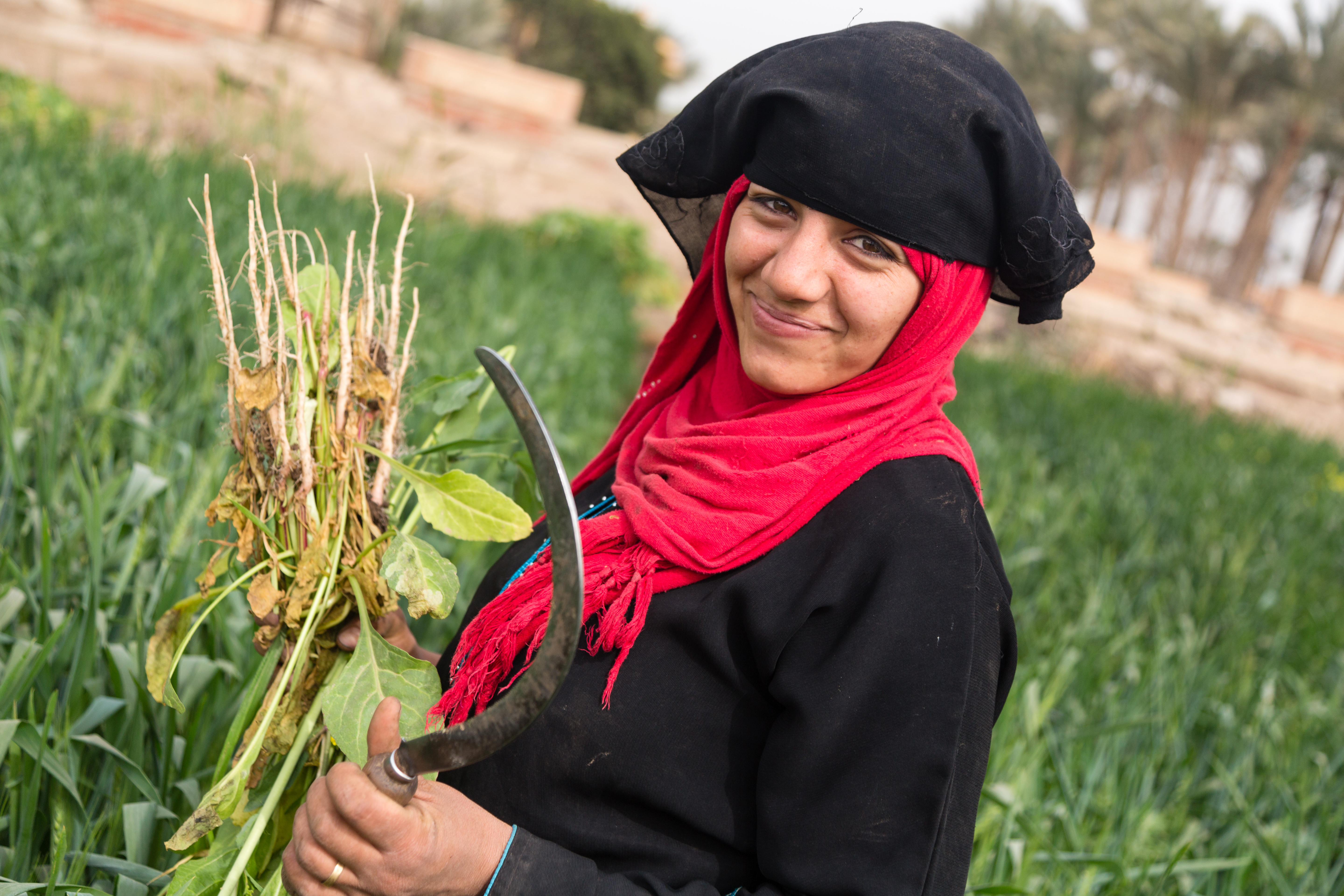
Today, on International Women’s Day, we want to shine a light on women at work in cultures around the world while illuminating some of the challenges they face. As we seek to reach out to women, we often encounter them while they’re at work, whether in the marketplace or in the home.
We asked a number of photographers to explore how women are employing their gifts and skills in Asia, Africa, the Middle East, and Europe. All these images were taken over the past two weeks, and they testify to the vital role women are playing in society worldwide. We hope this gallery will inform and inspire your prayers and your imaginations as you consider how you might be involved in reaching them with the gospel.
A Global Snapshot of Women at Work
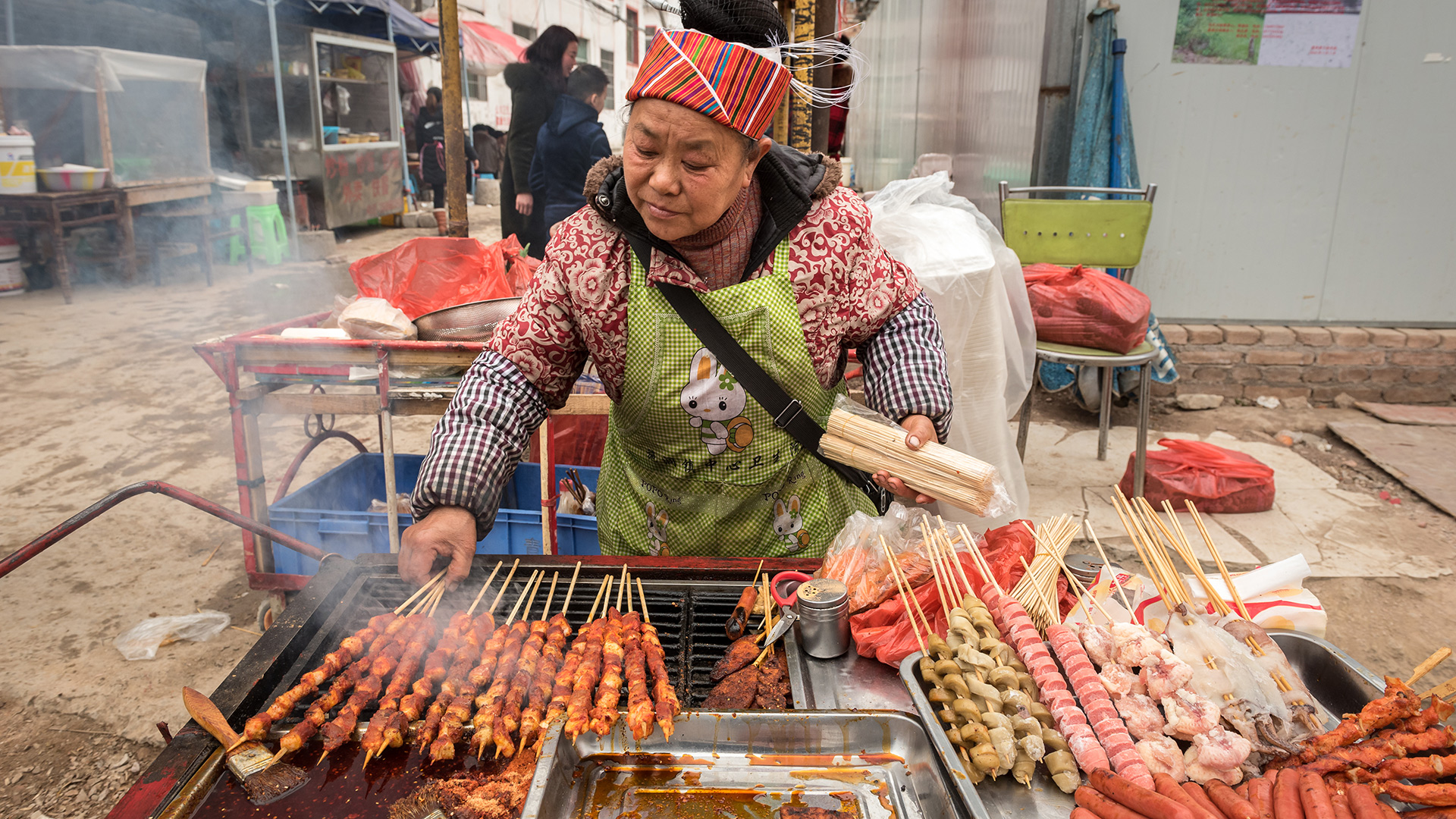
Photo by Luke In
A Miao woman sells grilled meat skewers, hot dogs, and squid at a market in East Asia. China has one of the highest female employment rates in the world at 70 percent.
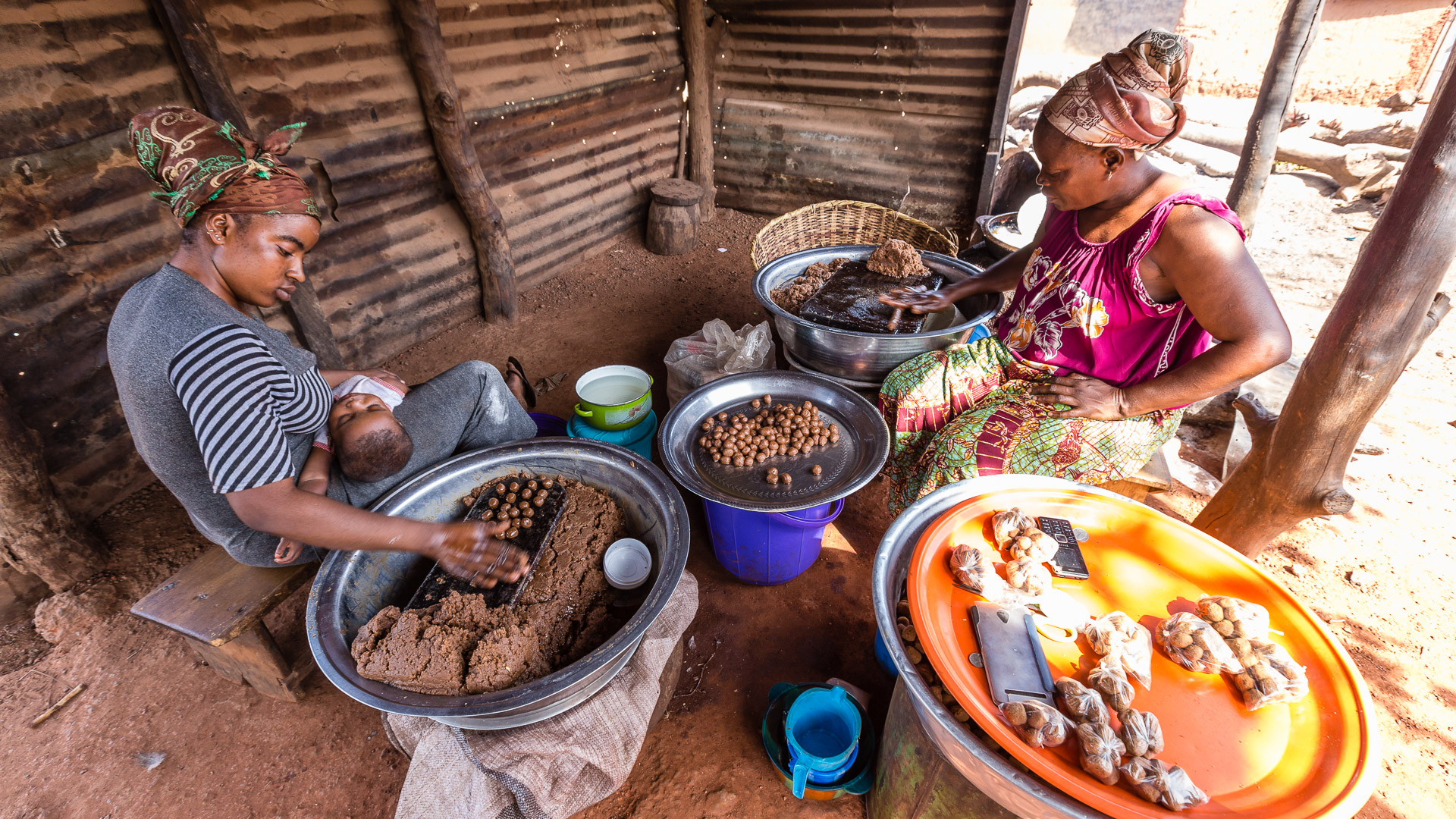
Photo by William Haun
A Mamprusi woman and her daughter prepare kulikuli to sell at a local market in northern Ghana. The popular snack is made from peanut butter balls deep fried in peanut oil. Women make up almost 50 percent of the agricultural labor force in Sub-Saharan Africa. Food production is the most important source of employment for women in the region.
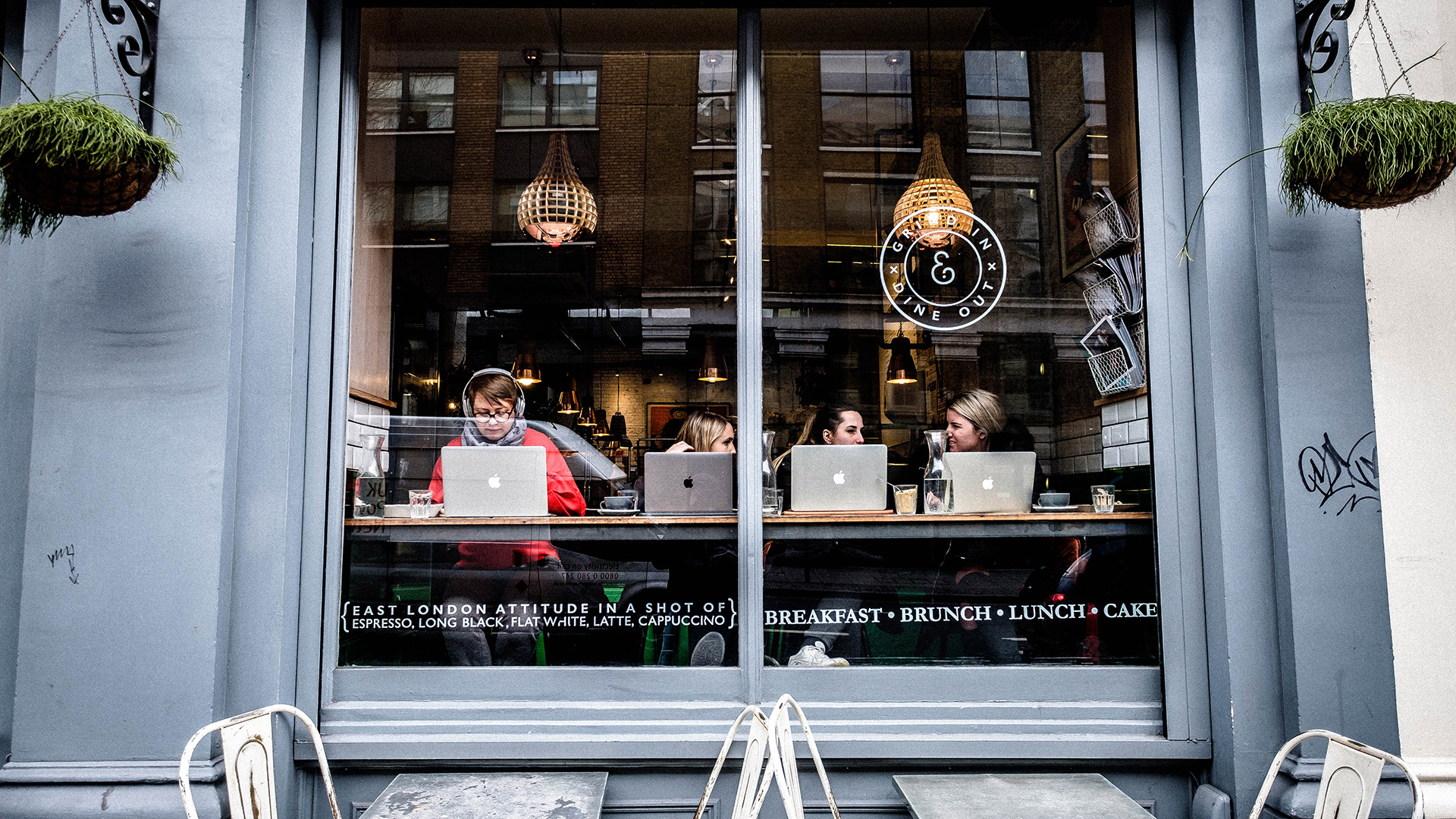
Photo by Hugh Johnson
For today’s increasingly mobile professional women, a local cafe in London makes a comfortable place for working. Women currently make up 30 percent of the professionals working in Europe’s digital and high-tech sector. There also are indications that women are increasingly finding a place in science and engineering—in 2016, women made up 40.1 percent of scientists and engineers in the EU, up 20 percent since 2007.
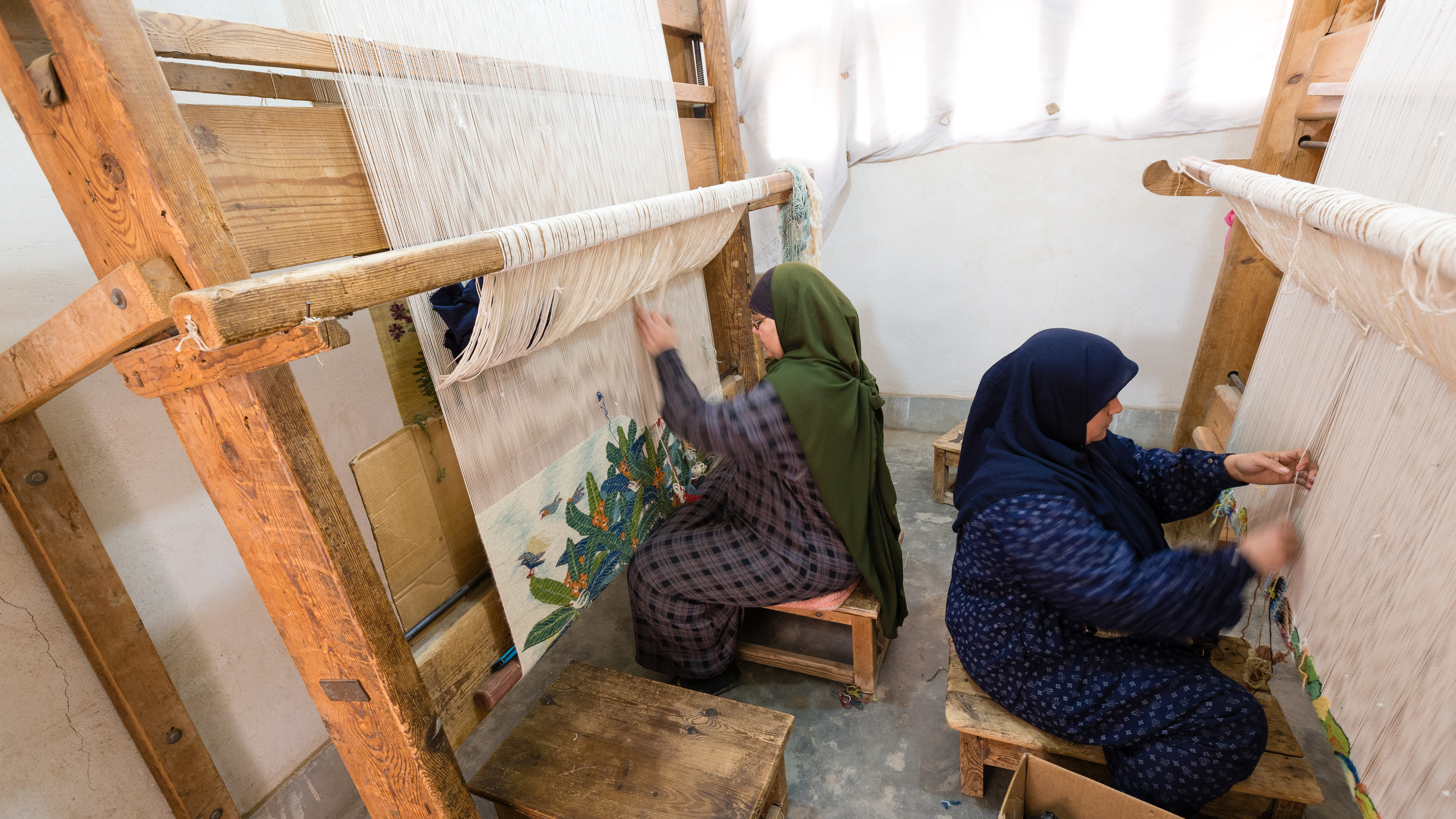
Photo by Max Power
Egyptian women weave wool tapestries on vertical looms at a renowned art center in Egypt. A single tapestry takes a weaver four to six months to complete. The handcrafted art created at the center has been exhibited around the world and is sought after by galleries and art collectors. More women than men now attend university in the Middle East, but women’s participation in salaried jobs remains among the lowest in the world.

Photo by Liam Mark
Besides attending to normal tasks at a pharmacy, this Thai pharmacist also teams up daily with doctors to help give patients the best possible care. In Southeast Asia, women’s gains in life expectancy represent real improvements in nutrition and healthcare for women and girls. Women are expected to make up the majority of the world’s elderly population well into the next century.
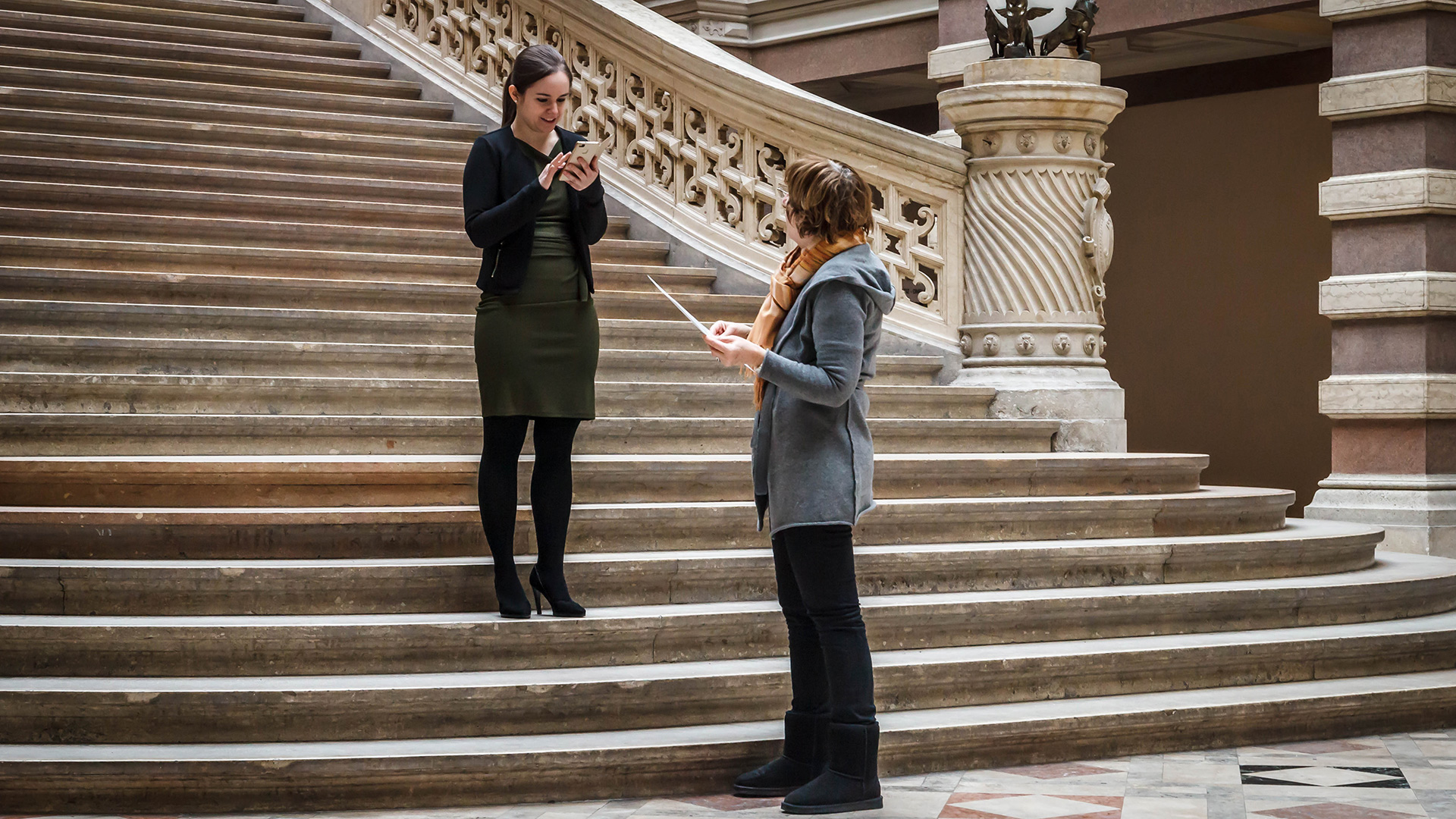
Photo by Patrick Royals
Two women pause for an impromptu meeting on the steps of the Justizpalast—Palace of Justice—in Vienna, Austria. Women’s representation in parliaments worldwide stands at about 22 percent according to the UN. In 2015 there were fifteen heads of state who are women.
Enduring Challenges for Women at Work
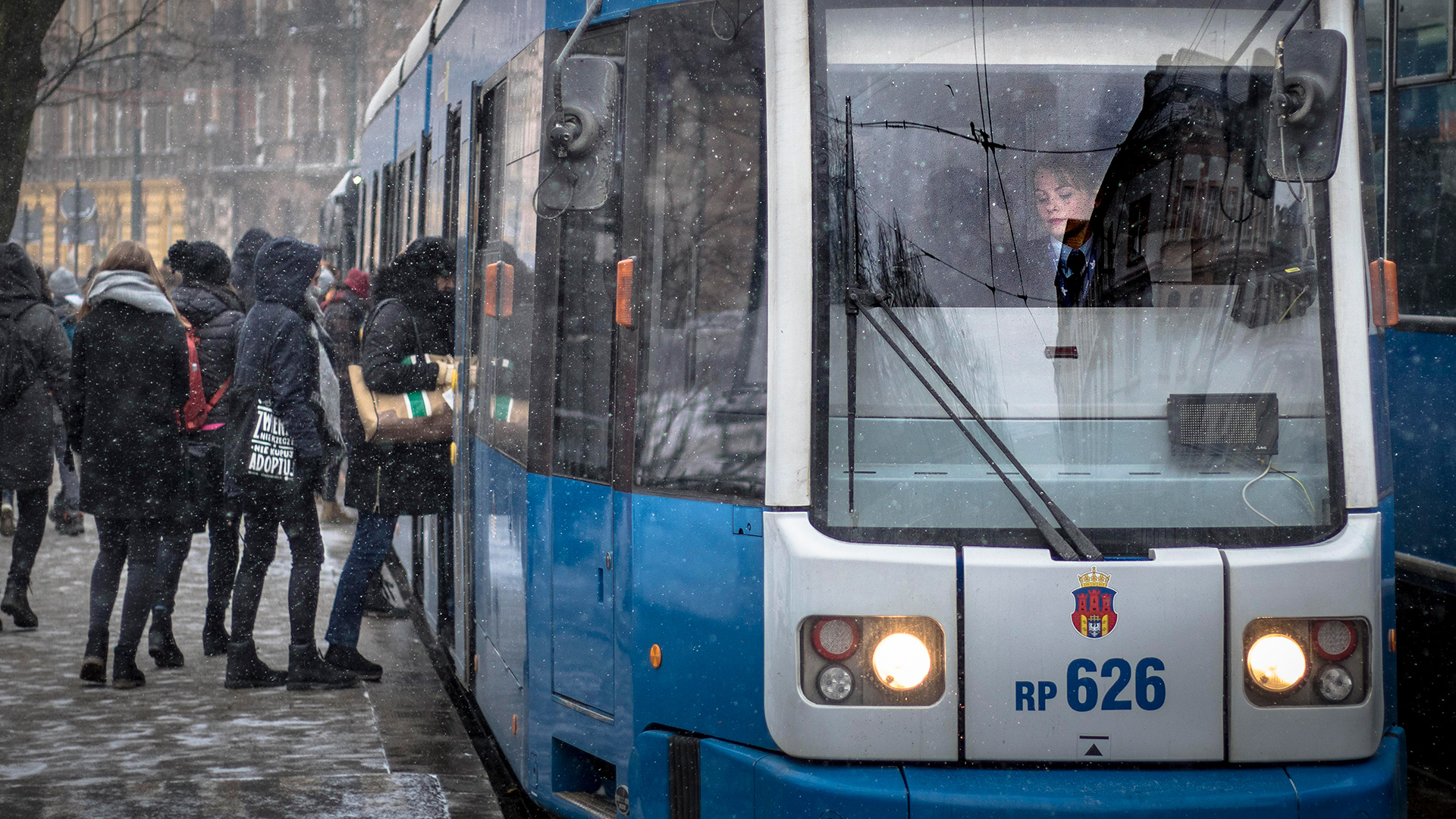
Photo by Kelvin Joseph
A female tram operator transports commuters, students, and others around the outskirts of Kraków, Poland’s famous medieval district. A recent survey documenting five key issues common to women around the world highlighted the global nature of the gender pay gap that indicates women earn much less than men for the same type of work.
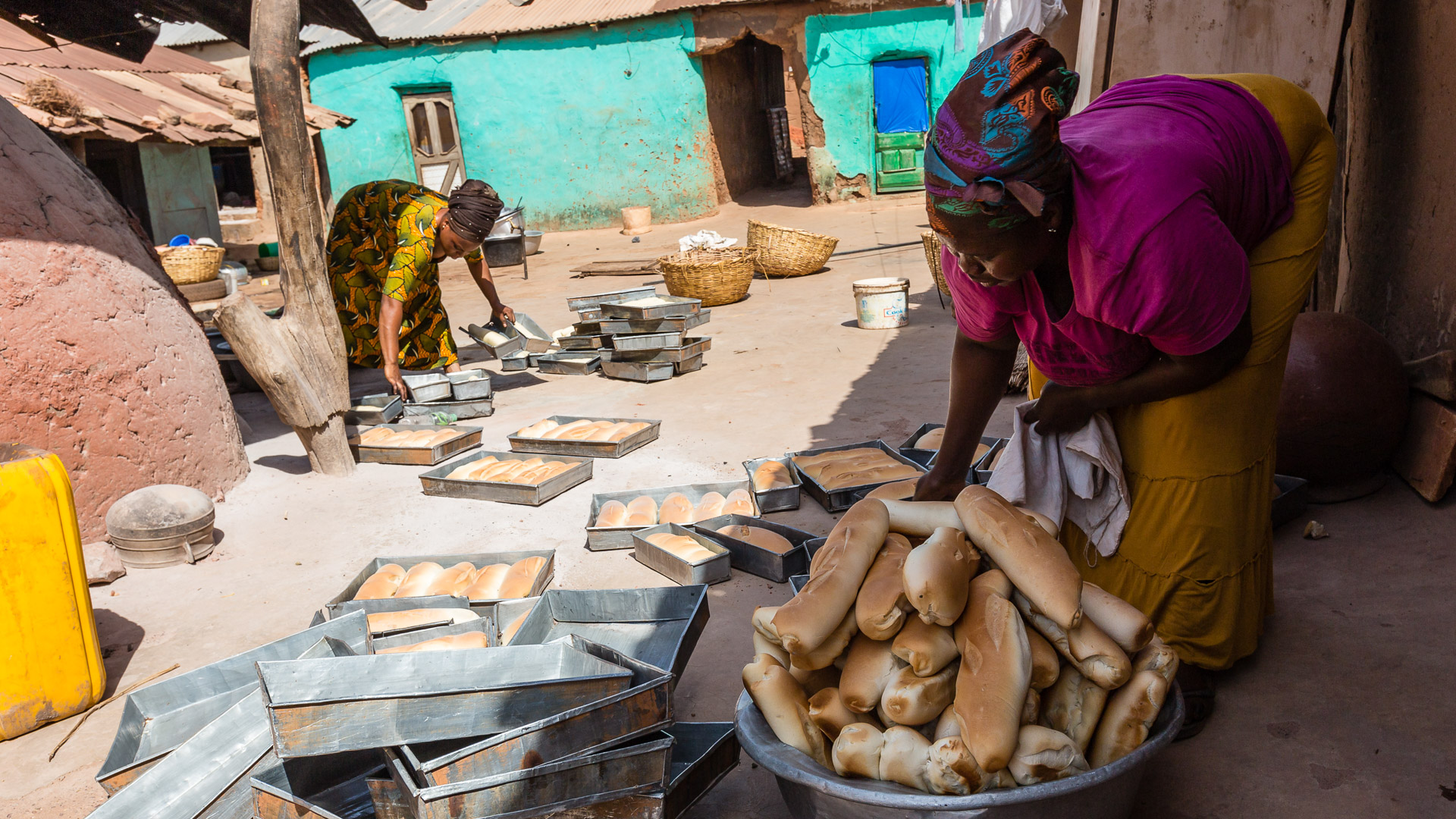
Photo by William Haun
Many African women, like this Mamprusi family in Ghana, run some sort of small business in their home to supplement their family income while they care for their children. When asked in a recent survey, women in twenty countries agreed that their biggest challenge is work-life balance.
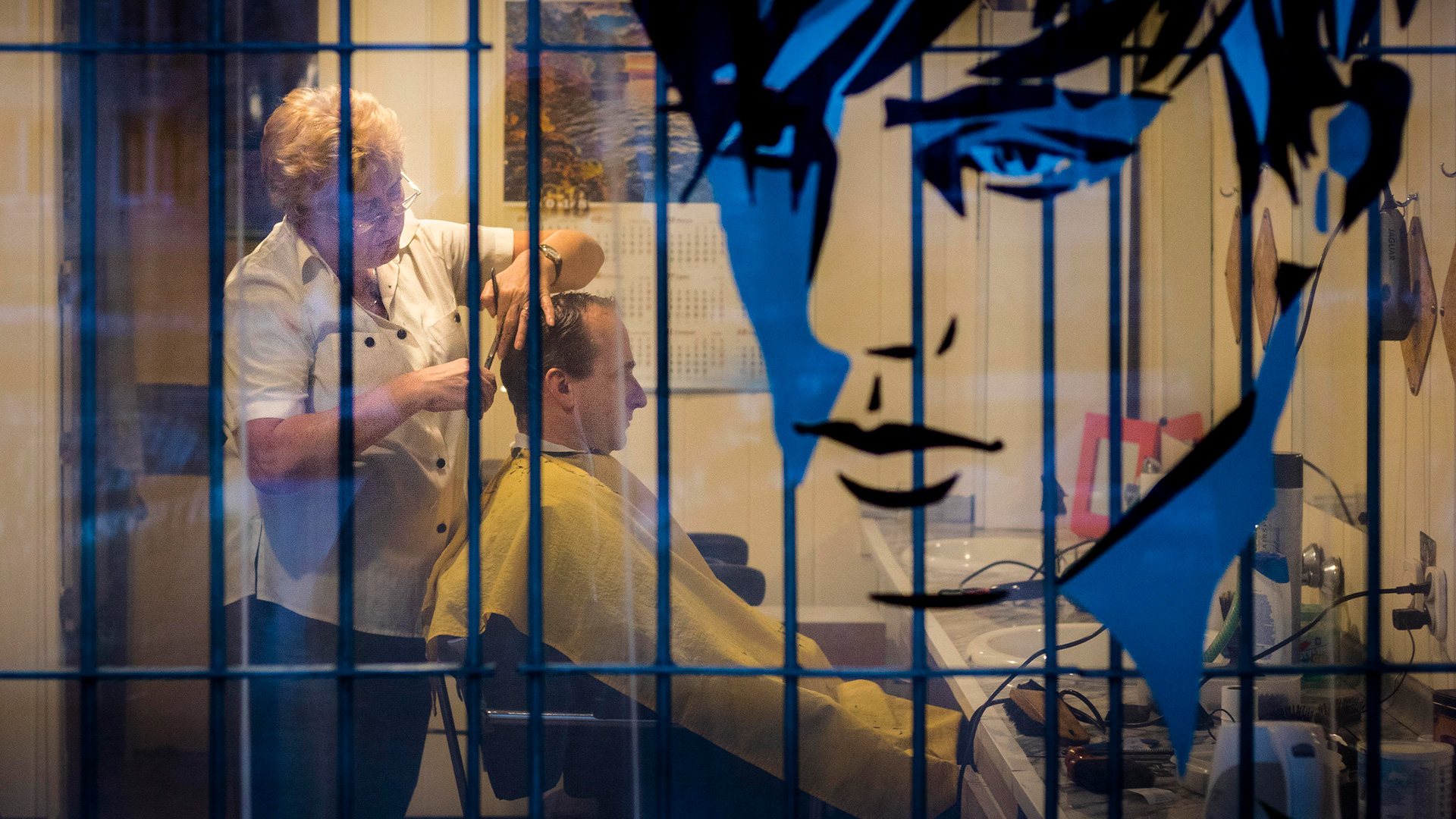
Photo by Kelvin Joseph
A Polish barber cuts a customer’s hair in Kraków, Poland. While the #MeToo movement has drawn a lot of attention to the issue of sexual harassment in the United States, it is also a glaring problem worldwide. In a survey of nearly ten thousand women from twenty countries, one-third of women said they had been harassed while on the job, but more than 60 percent never reported it.
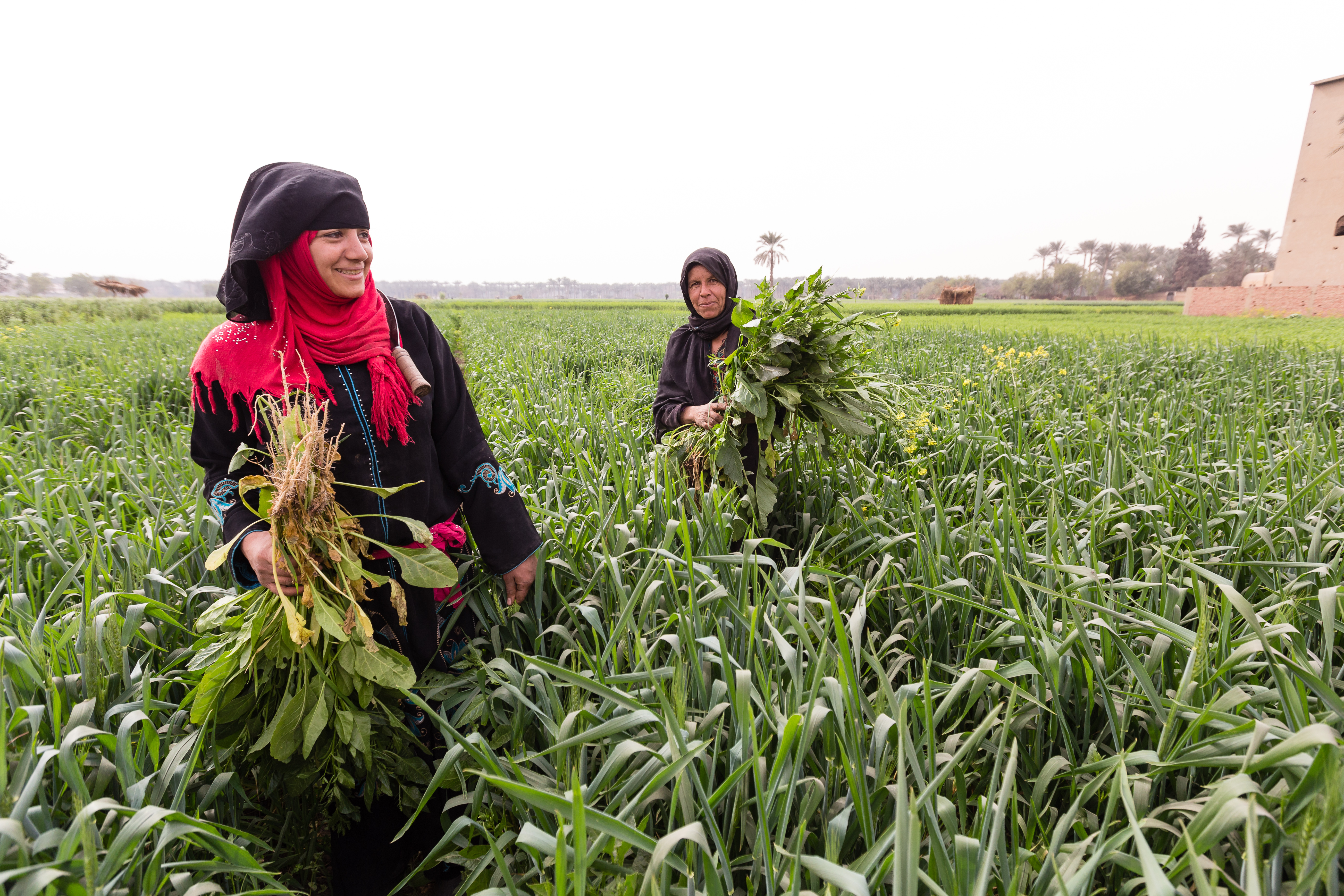
Photo by Max Power
A young Egyptian woman and her mother-in-law weed their family’s wheat field. In Egypt, 47 percent of rural women and 23 percent of urban women cannot read or write. Illiteracy is a major barrier to women seeking employment in the Middle East.
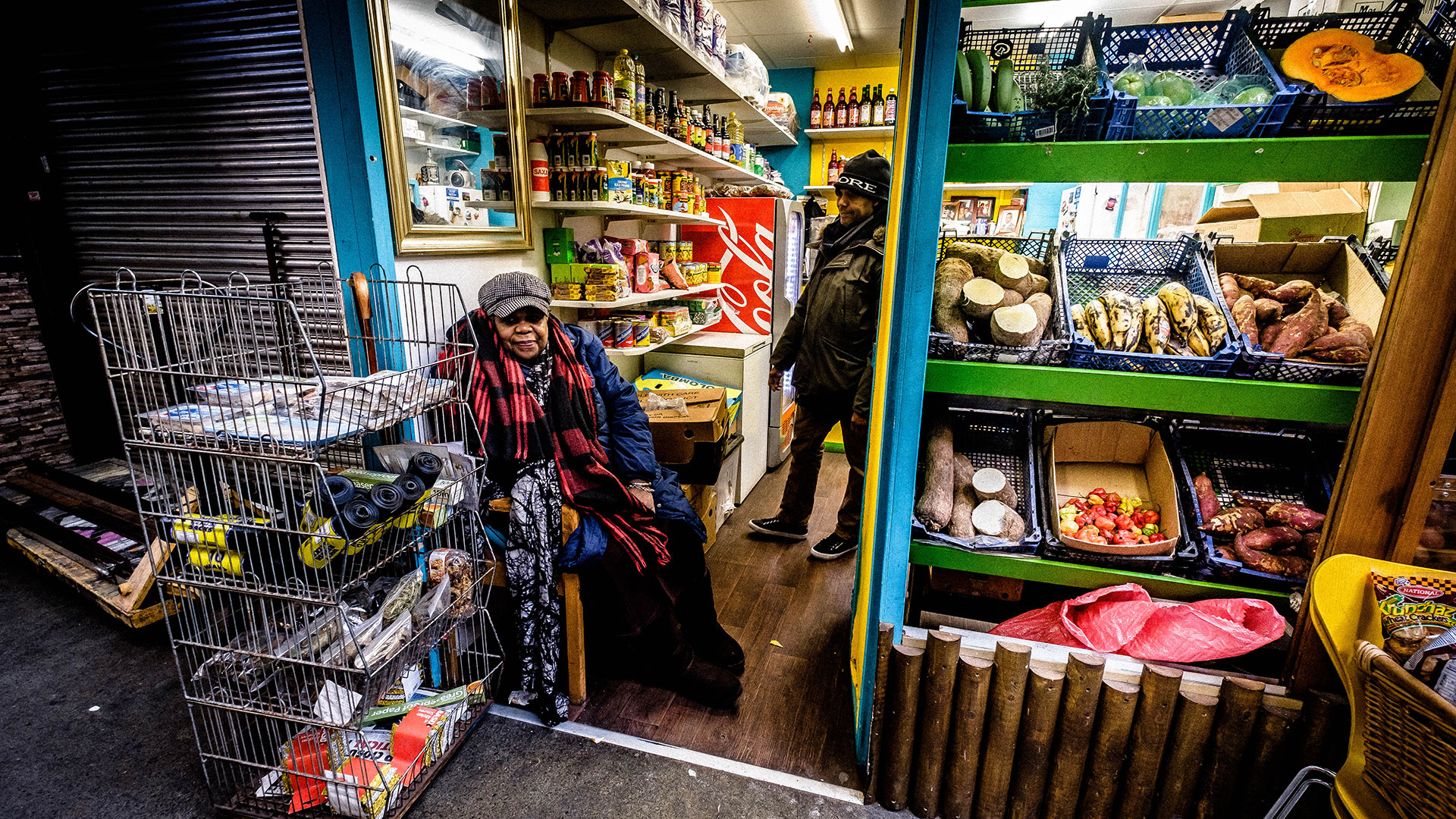
Photo by Hugh Johnson
A shopkeeper sits in front of her grocery store selling items including Scotch Bonnet peppers, plantains, cassava, sweet potatoes, salt cod fillets, and jerk seasoning. No, this store is not in the Caribbean, but in London, home to more than eighty thousand British Jamaicans. Ethnic minority women in the UK often face discrimination that limits their job opportunities.
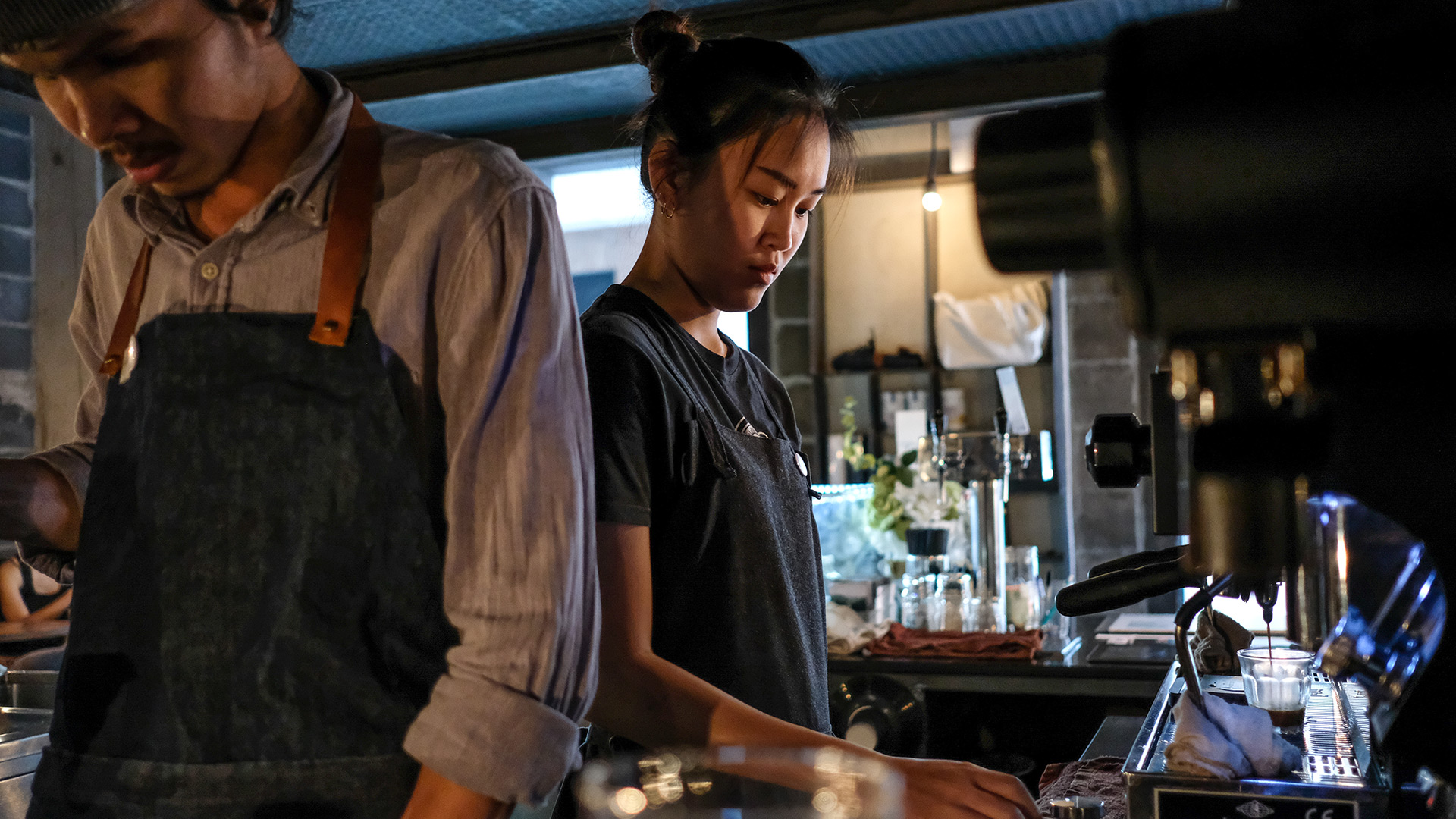
Photo by Liam Mark
A Thai woman makes an espresso in Southeast Asia. Not all women who work do so voluntarily. Two-thirds of modern slaves are found in Asia, and most victims of human trafficking are women and girls who migrate to work as domestic workers but become victims of sexual abuse and exploitation.
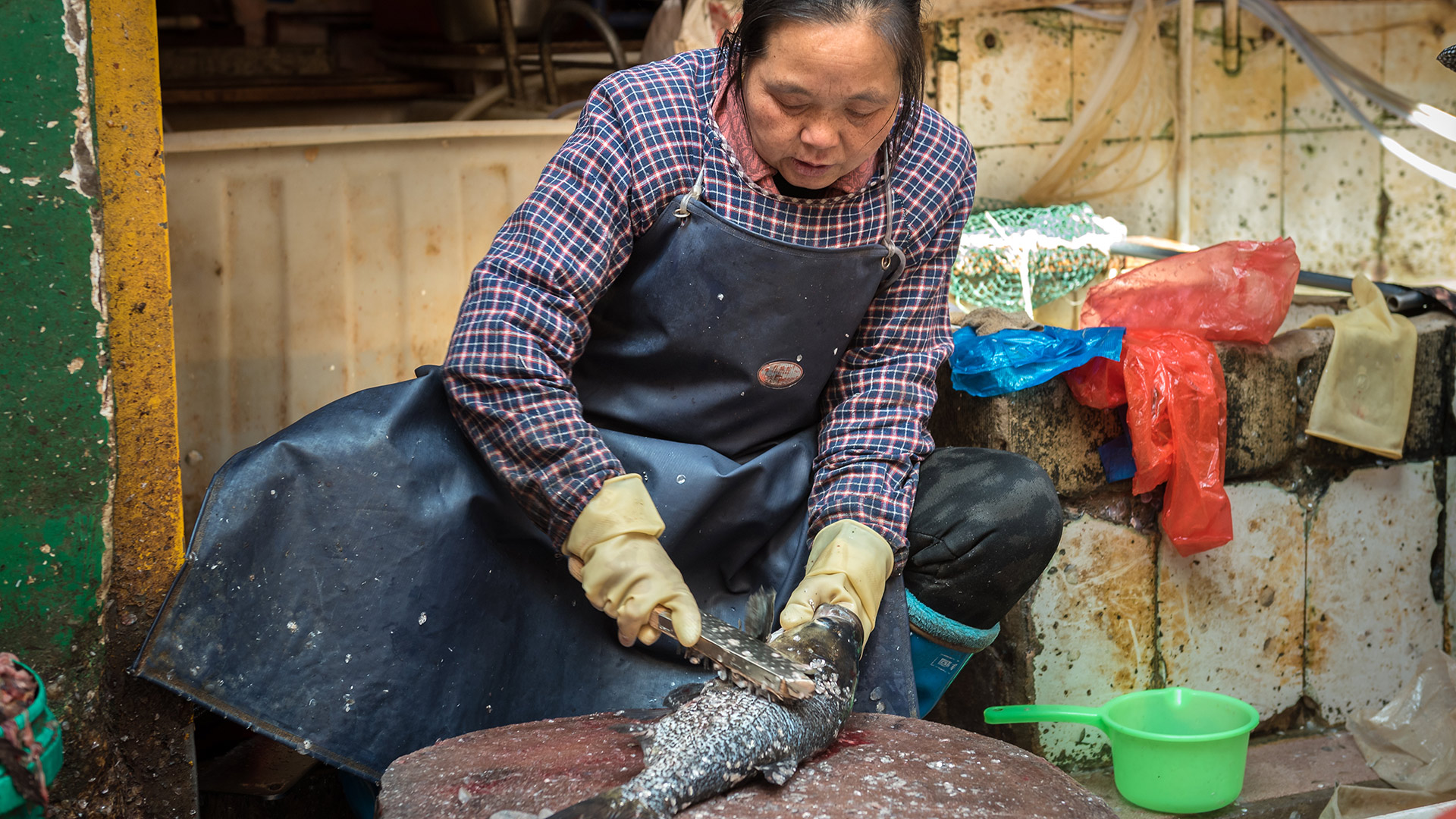
Photo by Luke In
A woman in East Asia prepares fish for sale in a wet market. Forced labor and slavery within the seafood and fishing industries is an acute problem in Southeast Asia and the Pacific.
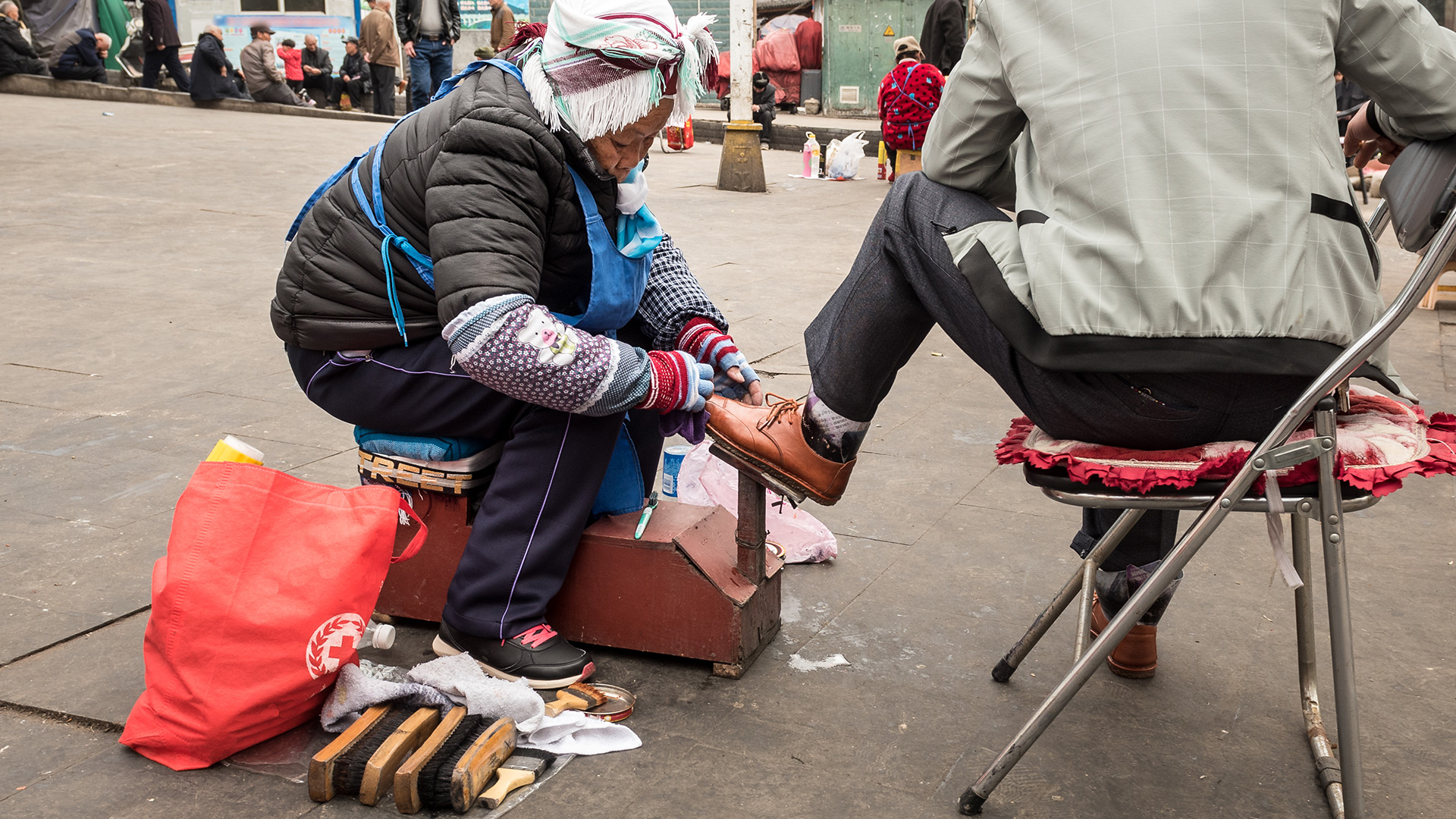
Photo by Luke In
A Miao woman shines shoes on the street. Like China’s 269 million migrant workers, many Miao women leave countryside and farm life and come to the city looking for jobs. Lacking more marketable skills, shoe shining is one of the easiest jobs she can find in the city.
Celebrating the Diversity of Women at Work
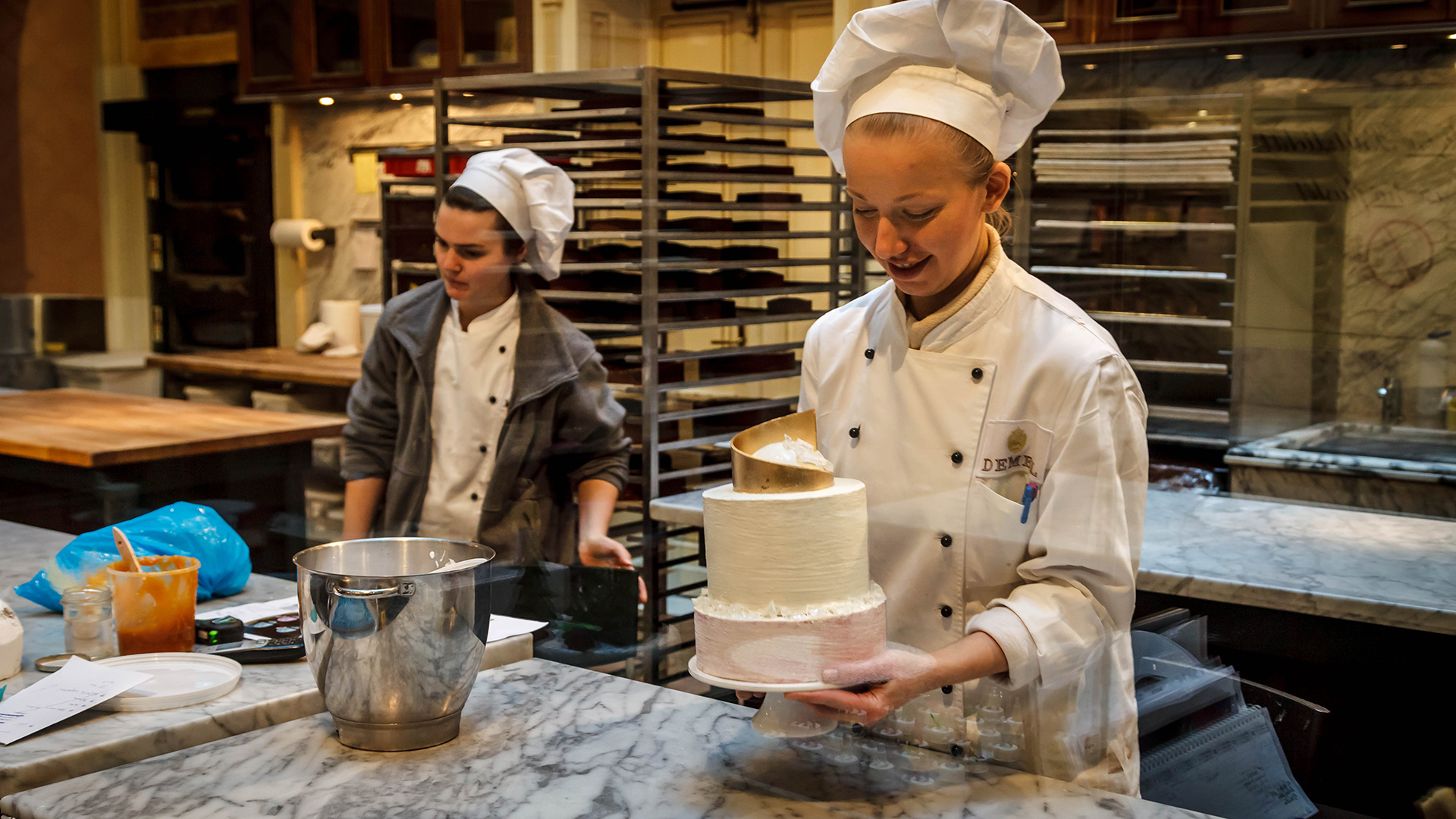
Photo by Patrick Royals
A chef takes pride in her work as she decorates a cake in the bakery of the famous Demel Confectionery in Vienna, Austria.
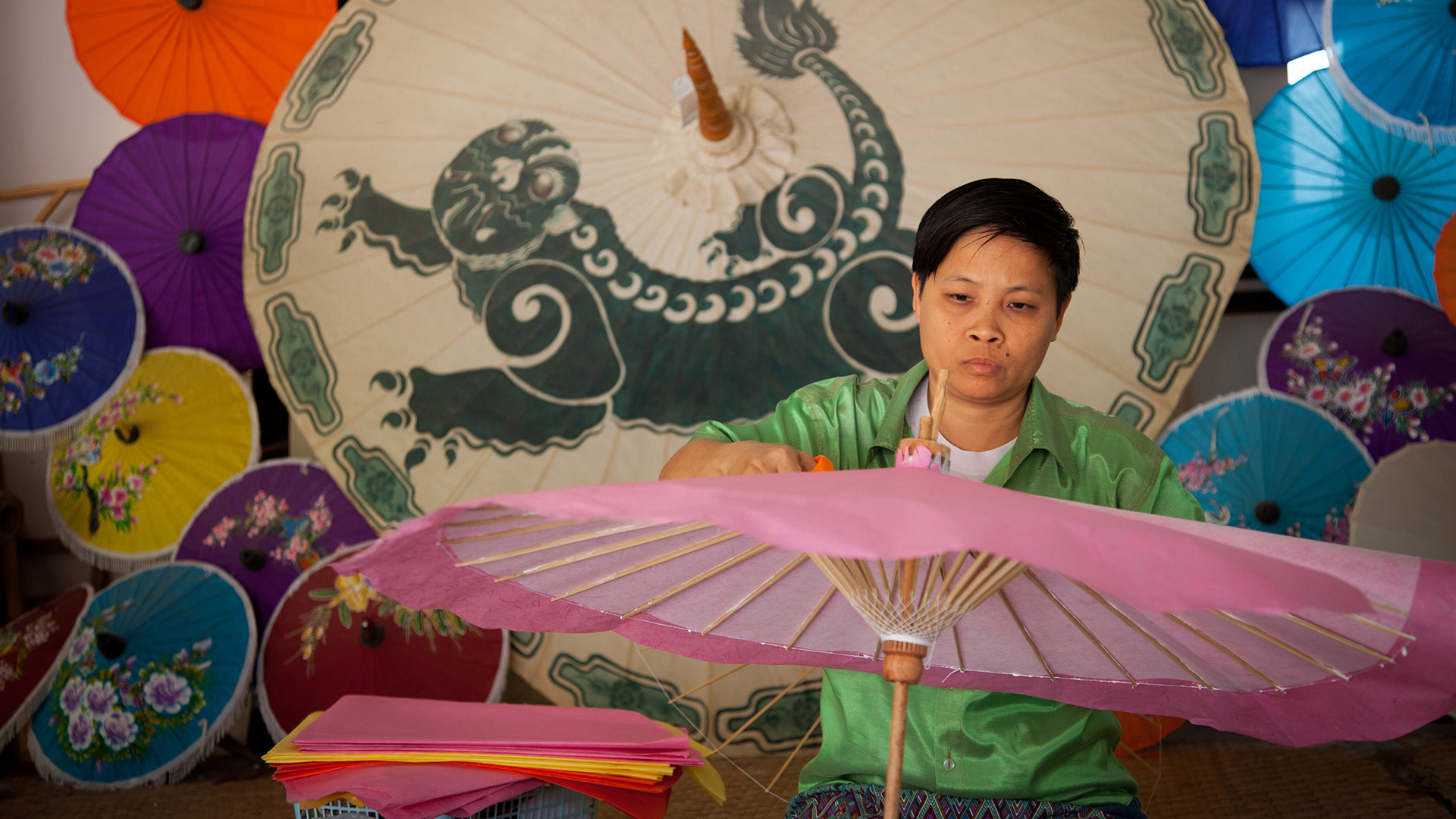
Photo by Sean Lee
Many women in Thailand work as artisans, making traditional crafts by hand. Each woman working in this shop makes about fifty umbrellas a day.
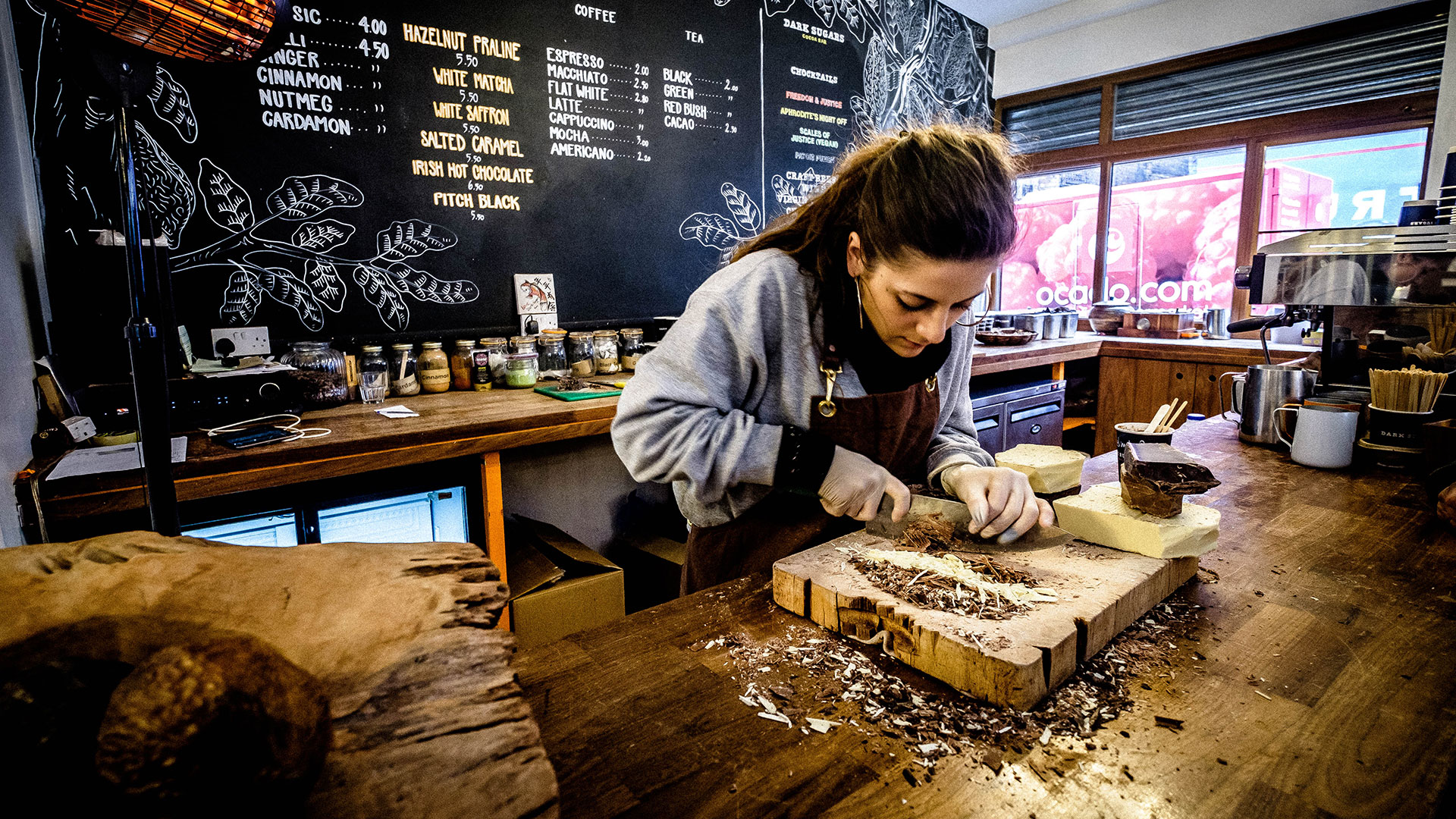
Photo by Hugh Johnson
A woman shaves chocolate curls for a fancy cup of coffee in one of London’s many boutique coffee shops.
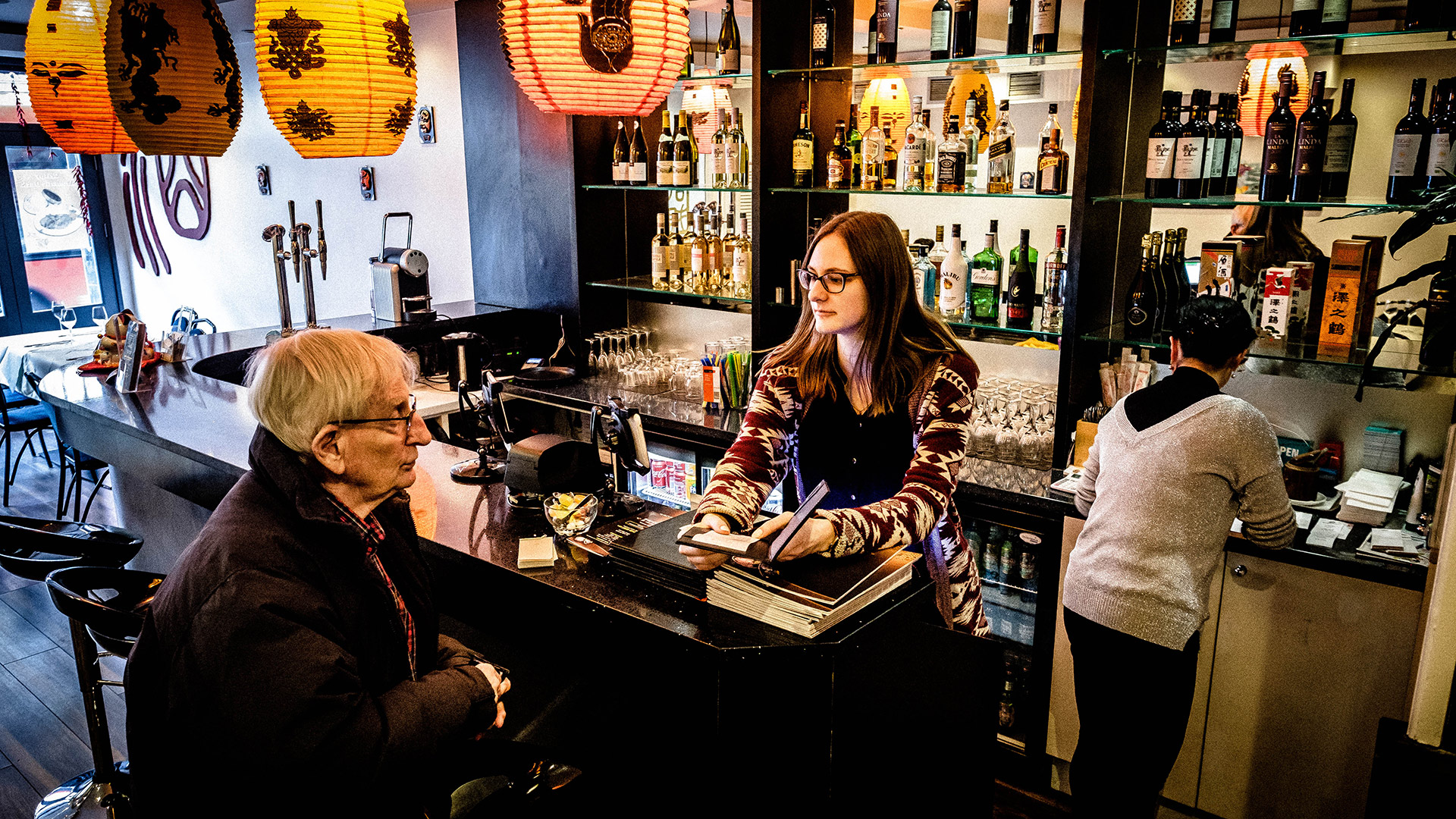
Photo by Hugh Johnson
A Lithuanian-born waitress serves a customer in a Chinese restaurant in suburban London owned by a woman who emigrated from China. In Europe, about 30 percent of start-up entrepreneurs are women.
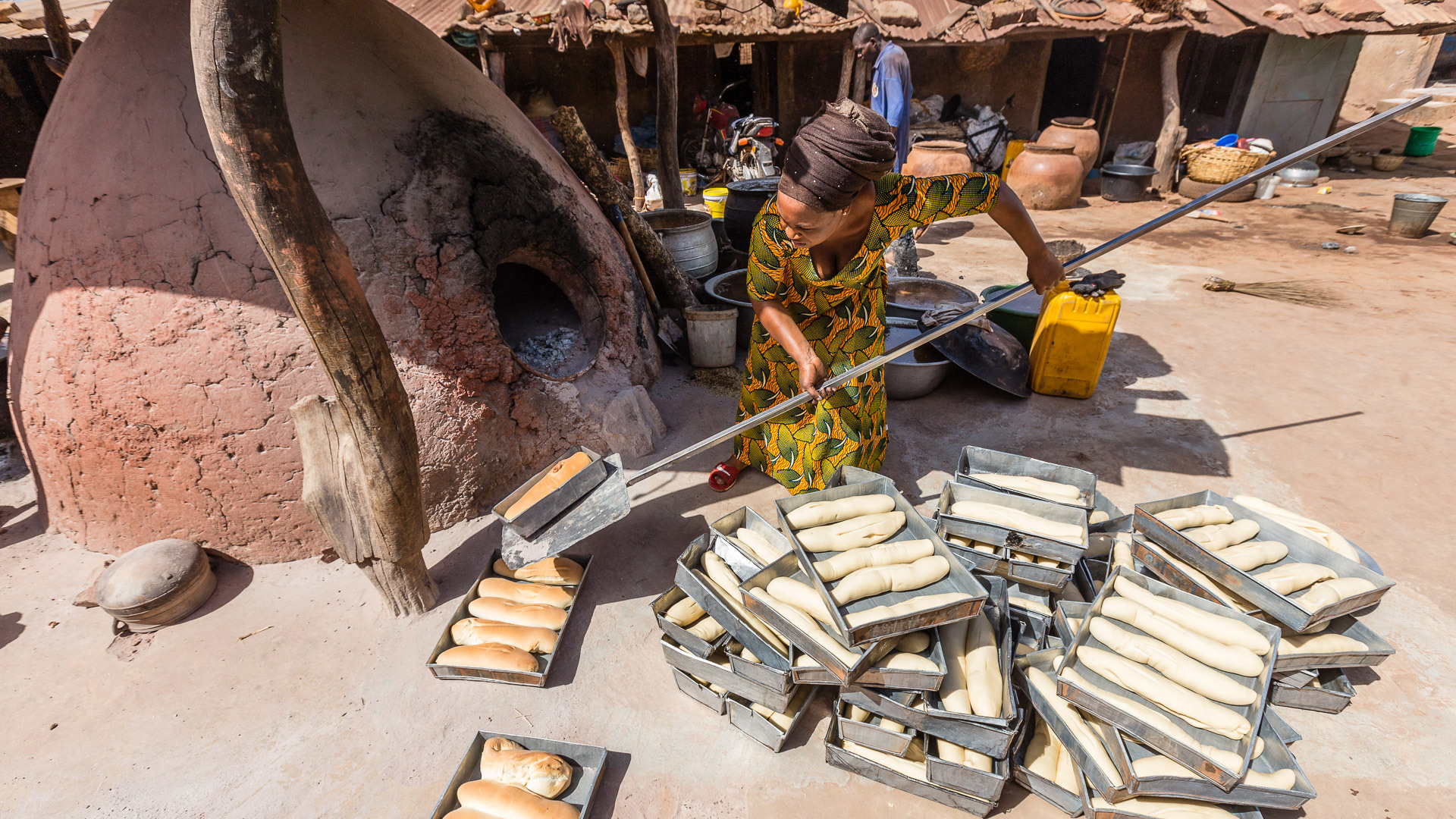
Photo by William Haun
In Nalerigu, Ghana, the entrepreneurial women of the Kurayiri family run a bread baking business out of their family compound. With a single clay oven, they bake hundreds of loaves of sugar bread and unsweetened tea bread daily.
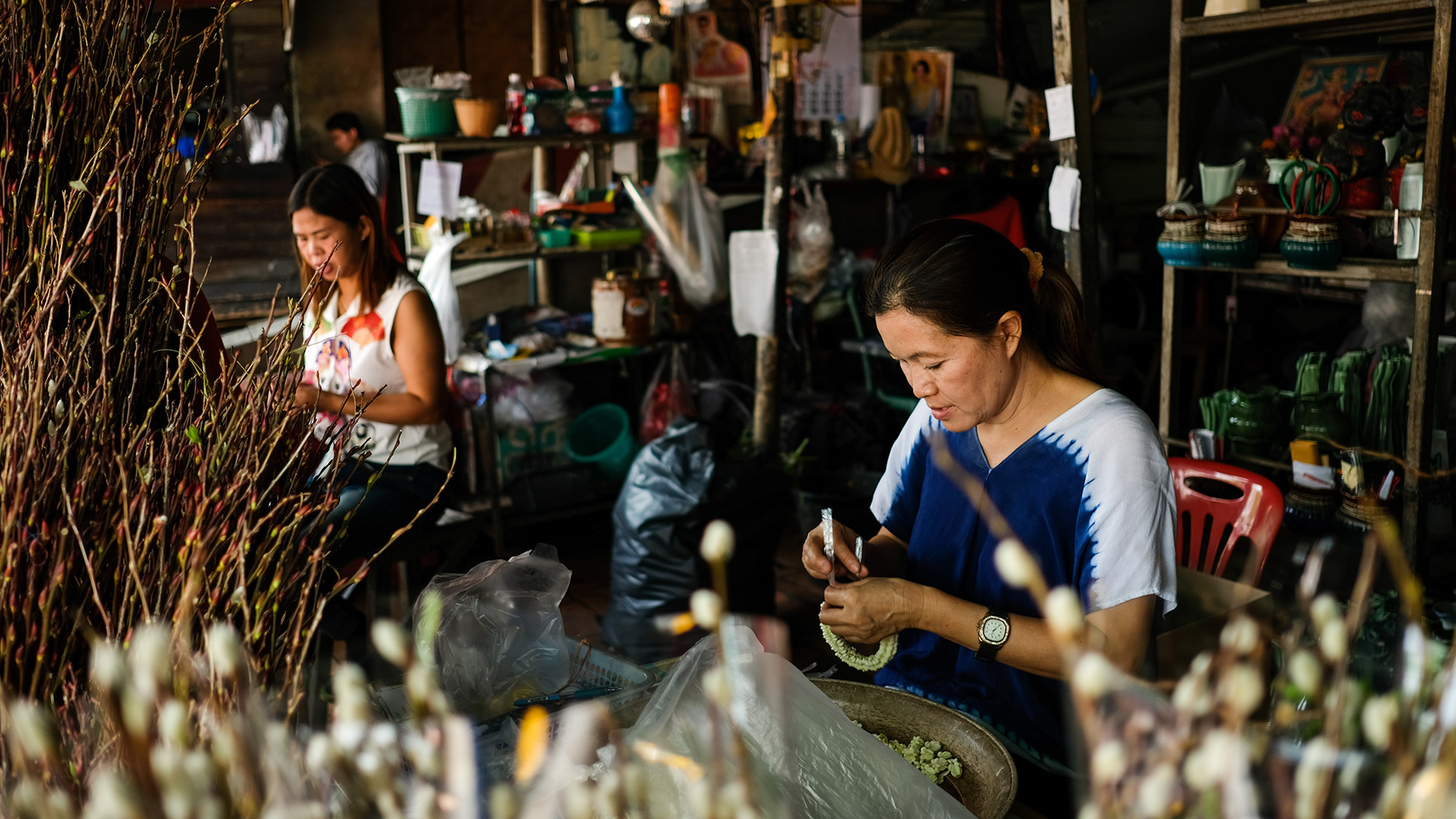
Photo by Liam Mark
In Thailand, women craft flowers into ornaments used to honor Buddha or to decorate spirit houses. There is an ongoing debate within Buddhist communities about whether women can receive ordination as Buddhist monks and whether they can obtain enlightenment.
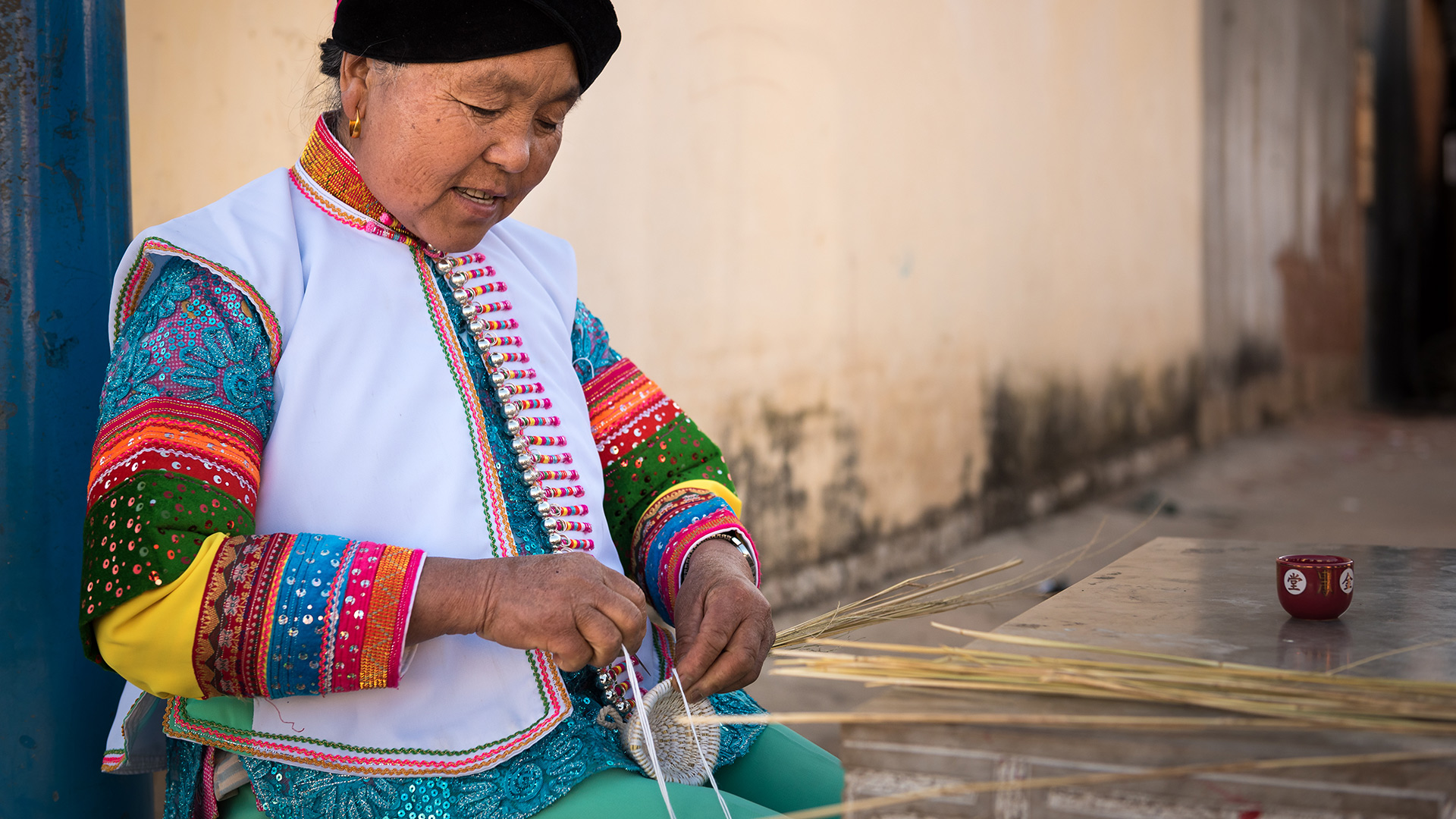
Photo by Luke In
A Mongol woman makes a traditional woven handicraft using a cotton string and straw.
Women of Faith and Women Who Work
In the pages of Scripture, we encounter a number of women who worked. Lydia was a merchant dealing in the sale of purple cloth, a prestigious trade in the Roman Empire where purple dye was so expensive it was only worn by the elite. She also hosted a church in her home (Acts 16:14–15).
- Pray that women would be gifted with hospitality, hosting church meetings and fellowships in their homes as Lydia did.
Priscilla was a skilled tentmaker who traveled with her husband, Aquila, and Paul to encourage the churches in Asia (Acts 18).
- Pray that women would use their professional skills to evangelize and disciple others while working in the marketplace like Priscilla.
Phoebe was an able administrator. When Paul wanted to launch a mission to Spain, he sent her to Rome and commended her to the church so that she could make preparations for his journey (Rom. 16:1–2).
- Pray that women find opportunities to use their gifts and experience to advance the mission of the church as Phoebe did.
Eliza Thomas is an editor and writer who has worked with IMB for more than a decade. She lives with her family in Central Asia.

